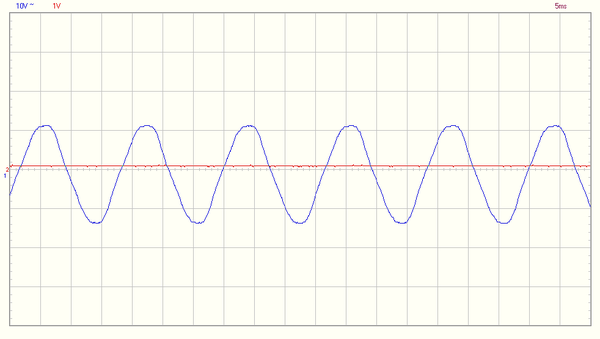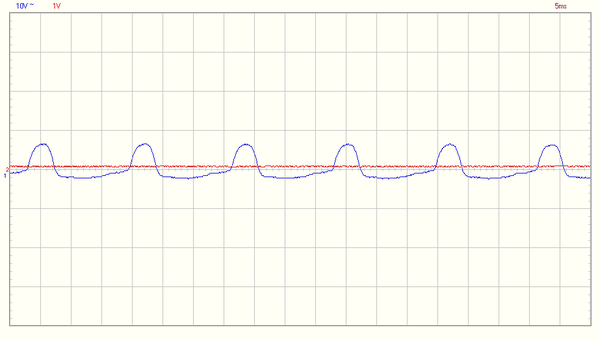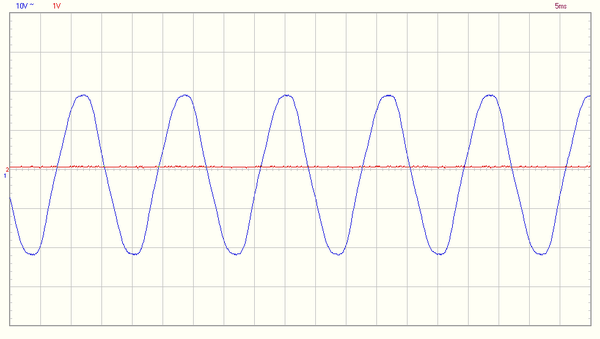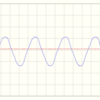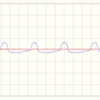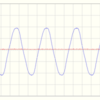Success! It turns out in an auction I won back in sept was a somewhat more than postwar tender (6 axles, with hooter installed) so I got to test.
First off, the darn coil has a resistance of <15 ohms, so the coil itself can draw some serious current. I used my DMM on the 10A dc setting and put it in series with ONLY the DC portion of the whistle circuit, meaning between the diode and the whistle switch. at idle (throttle zero) its not really zero and the whistle will fire and draw about 460ish mA of current.
at full track voltage it rose to just under 900 mA
why? the dc pulse is in sync with the AC pulse and messes up the RMS voltage of the ac signal (remember how my scope could not figure out the rms voltage when hooting? so when any motor poles are aligned to have the center rail swinging positive, the windings present a load to the diode.
I also tested this with a lit caboose and a dual motor mexican made modern lionel GP9 at the same time - they made no appreciable difference in the DC current draw.
In fact, the tender will whistle on just the pulsing half wave dc, it runs crappily as it only half the info it needs to run the motor is there, but it will run at half speed.
I also tested this by pushing the whistle switch real slow to test the effect of each contact.
when you are running off the diode and shunt via the compensating coil ONLY, current goes to 1-1.6A for a second.
So, as promised, the bottom line.
You can get away with *any* 1N400x diode (1amp, varying PIV) as the surge ability exceeds the momentary effects of a slow button push. But I dont recommend that.
Instead, I would start with at a minimum a 3 amp diode.
Any of the UF5405/IN5405 (mouser part 625-UF5405-E3 - 3A 300V) or equivalent diodes will do, at appx 50 cents each if you order 10 or more. But you can also get the 625-UF5408-E3 - 3A 1000V, at 42 cents each.
I ran the aforementioned load with the hooter on for 2 minutes and while I could feel some warmth in the diode, the load was appx 20-25% of rated max. IF you run the hooter for 2 minutes full on your wife will smack you.
I have used these diodes in the 1033 and 1044 transformers without a pause. I have been putting 2 in parallel for the ZWs, but we now know this is overkill. Even with the tender coil resistance 1/6th of what I thought it would be.
If you want a modern, reliable overkill 6A, check out mouser 621-6A10 for 42 cents single, 34.3 cents 10 or more - these are 6amp 1000v diodes.
As for the resistor, because the relay draws so much, use none, it does not reliably hold the field. if you run exclusively modern MTH-like stuff you can do it, but in the end it makes no difference.
IF anyone is interested I worked out the LED lighting. I heard a rumor that someone sells bayonet base led bulbs that fit (7-8mm?) but I can work it out for single white or colored bulbs.




